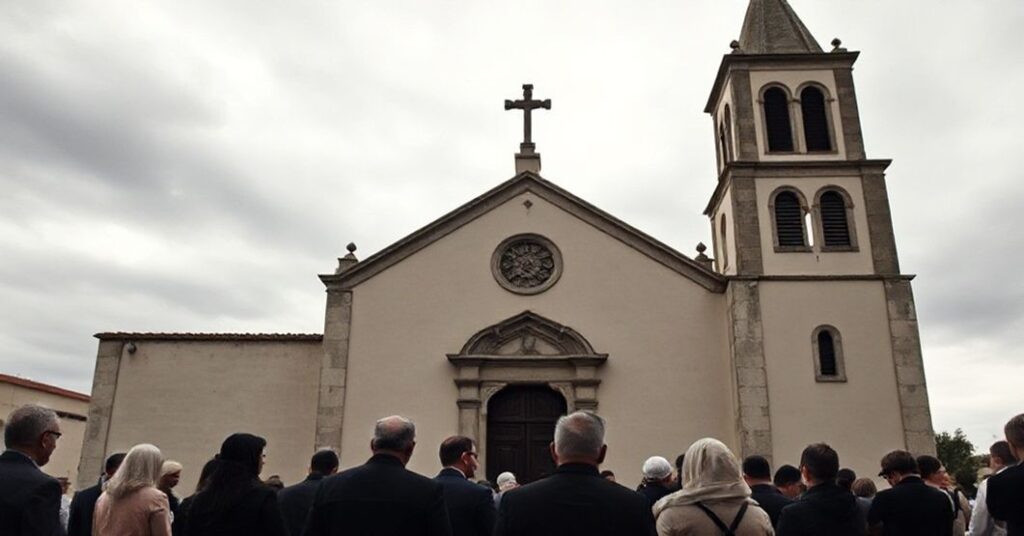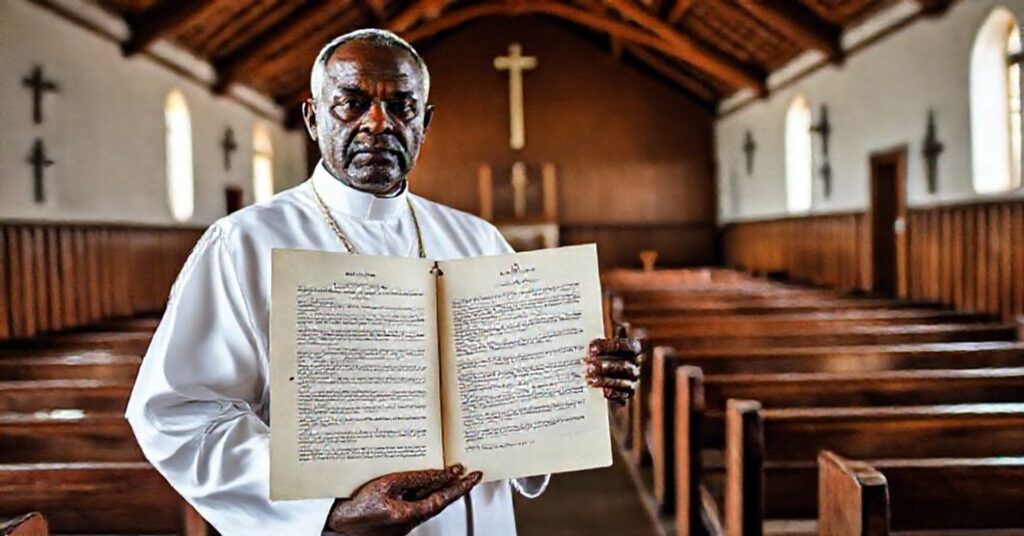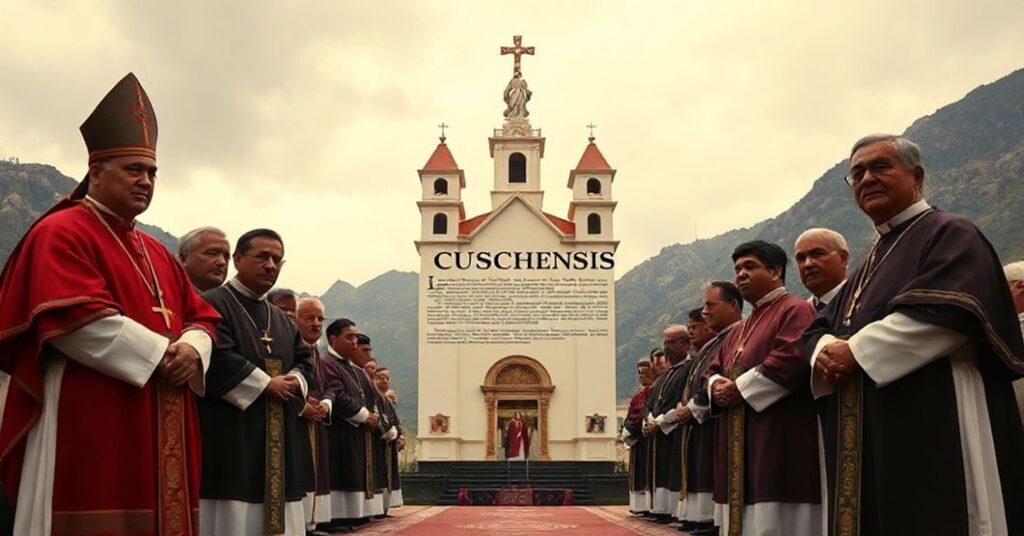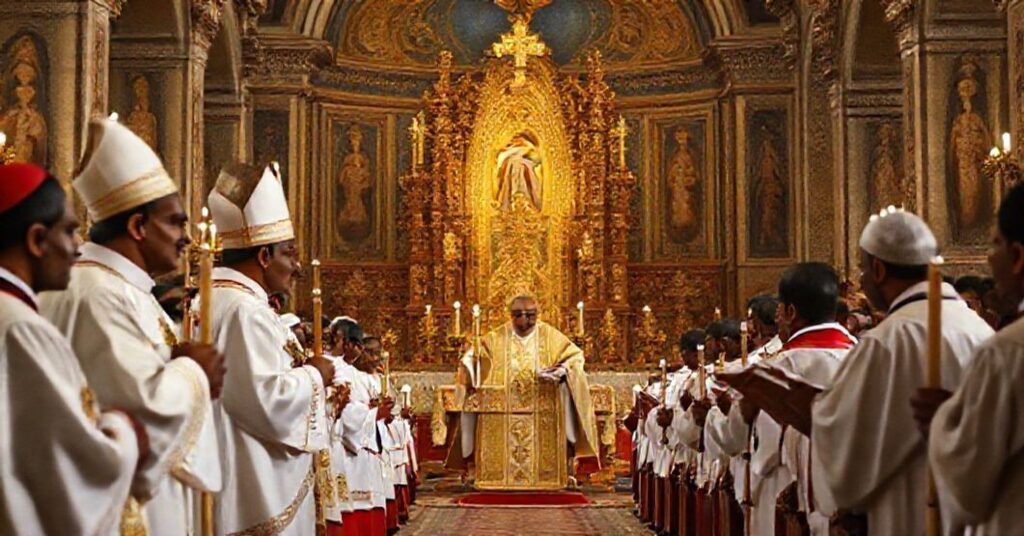MINDONIENSIS (FERROLENSIS) (1959.03.09)
The text is an apostolic constitution of John XXIII (March 9, 1959) which, invoking papal authority, modifies the title of the diocese of Mondoñedo (Mindoniensis) to include “Ferrolensis,” elevates the church of St. Julian in Ferrol del Caudillo to the dignity of a concathedral, and grants the diocesan ordinary the possibility of residing there, all presented as prudent pastoral adaptation to contemporary conditions and as a benefit for the faithful. It is a short juridical act, couched in traditional Latin, by which the new regime of authority in Rome quietly normalizes itself through apparently innocuous administrative measures.










